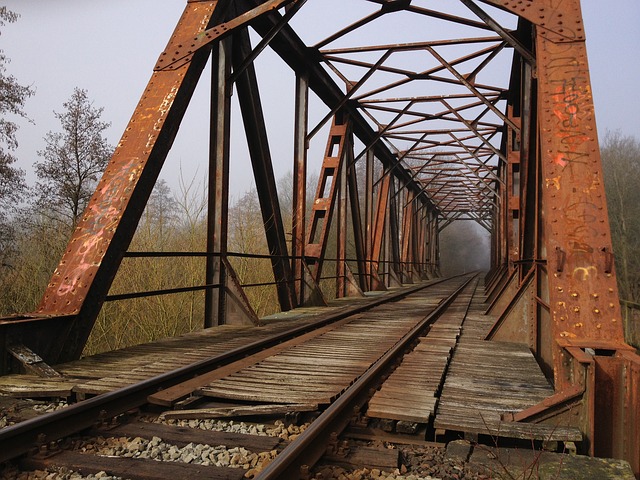AQA triple science only (not for double science students).
Includes transition metals, corrosion, alloys, ceramics, polymers and composites |
1. Which would be the most likely use for a thermosetting polymer?
- A. saucepan
- B. plastic bottle
- C. electrical plug
- D. food packaging
|
|
2. Which of the following is NOT true about low density and high density poly(ethene)?
- A. They are both produced from ethene
- B. High density poly(ethene) is a thermosetting polymer
- C. Low density poly(ethene) consists of branched chains
- D. They can both be melted and recycled
|
|
3. The table compares properties of Group 1 elements and transition elements.
Which row is correct?
| |
Property |
Group 1 Element |
Transition Element |
| A |
Melting Point |
high |
low |
| B |
Catalytic activity |
high |
low |
| C |
Strength |
weak |
strong |
| D |
Hardness |
hard |
soft |
|
|
4. Which of the following statements is NOT true?
- A. nickel is stronger than potassium
- B. iron reacts more vigorously with water than lithium
- C. chromium has a higher melting point than sodium
- D. sodium reacts more vigorously with oxygen than copper
|
|
5. The following statements relate to the extraction of metals:
| I. Forms ions with different charges |
| II. Low density |
| III. Forms coloured compounds |
|
|
Which are properties of a typical transition metal?
- A. I and II only
- B. I and III only
- C. II and III only
- D. I, II and III
|
|
6. Which of these metals has the lowest density?
- A. copper
- B. lithium
- C. manganese
- D. cobalt
|
|
7. Which of these materials can be most easily recycled?
- A. steel reinforced concrete
- B. a thermosetting polymer
- C. carbon fibre reinforced polymer
- D. a thermosoftening polymer
|
|
8. Iron rusts slowly in the presence of water. Name one other substance which MUST be present for iron to rust.
|
 |
- A. salt
- B. nitrogen
- C. oxygen
- D. carbon dioxide
|
|
| 9. Galvanising is one method used to prevent iron from rusting.
What metal is used to galvanise iron and how does the method work?
| |
Metal used |
How method works |
| A |
tin |
Tin is more reactive than iron so reacts instead |
| B |
tin |
Tin acts as a barrier to water |
| C |
zinc |
Zinc is more reactive than iron so reacts instead |
| D |
zinc |
Zinc acts as a barrier to water |
|
|
10. Which method will not prevent an iron object from rusting?
- A. painting the object
- B. wrapping the object in a paper towel
- C. coating with object with grease
- D. electroplating the object with chromium
|
|
|
